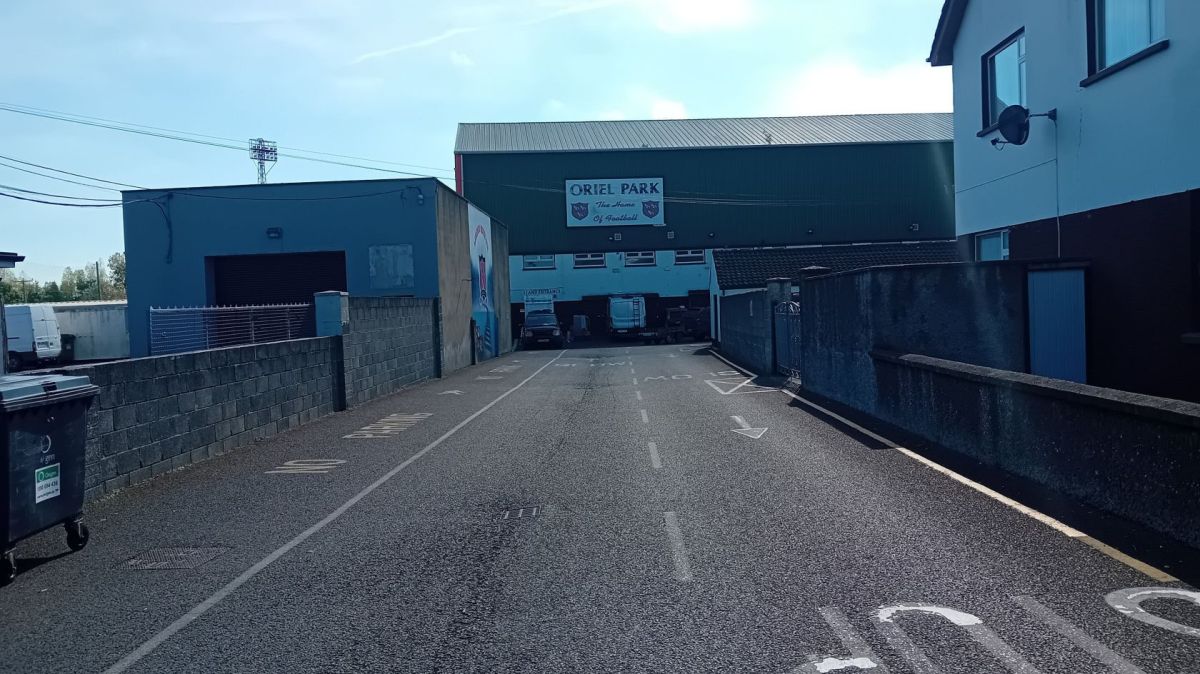The Woodland Trust has issued a warning about giant hogweed, noting that its sap can cause severe burns. The sap contains furocoumarin, a compound that makes skin highly sensitive to sunlight. If it comes into contact with skin and is then exposed to the sun, it can lead to painful blistering. This blistering may recur for months or even years, a condition known as phytotoxicity.
A recent report presented at an Environmental Services committee meeting highlighted that Gilford is particularly affected by hogweed, prompting the trial of innovative removal methods.
The report states, “Giant hogweed seeds are easily spread by water, and most infestations are found along waterways. However, the plant can also invade adjacent lands if allowed to seed. The seeds can remain viable in the soil for up to 15 years, making eradication a lengthy process.
“The plant can be treated through spraying or injection, but operators must wear protective clothing and take special precautions.
“The River Bann’s riparian areas, especially those near towns and villages in the borough, are heavily infested with giant hogweed. The resulting seed bank continually reintroduces the plant to council land near the river. Flooding worsens the issue by spreading seeds over flooded areas, particularly around Gilford, where the plant has invaded parks, requiring significant control efforts.
“Mapping has shown a substantial reduction in giant hogweed in amenity and playing areas, though it persists in scrub, wooded regions, and riparian zones where it is hard to locate and treat. Alongside traditional methods like herbicide use, alternative approaches are being
explored.
“At Seagoe Landfill site, which has a significant giant hogweed problem, the area has been fenced off from the public, and sheep from Tannaghmore Farm are being trialed to control the plant. Additionally, the Biodiversity Service is collaborating with Queen’s University Belfast on a PhD project to develop herbicide-free treatment methods. This project is also being tested at Seagoe Landfill Site.”














